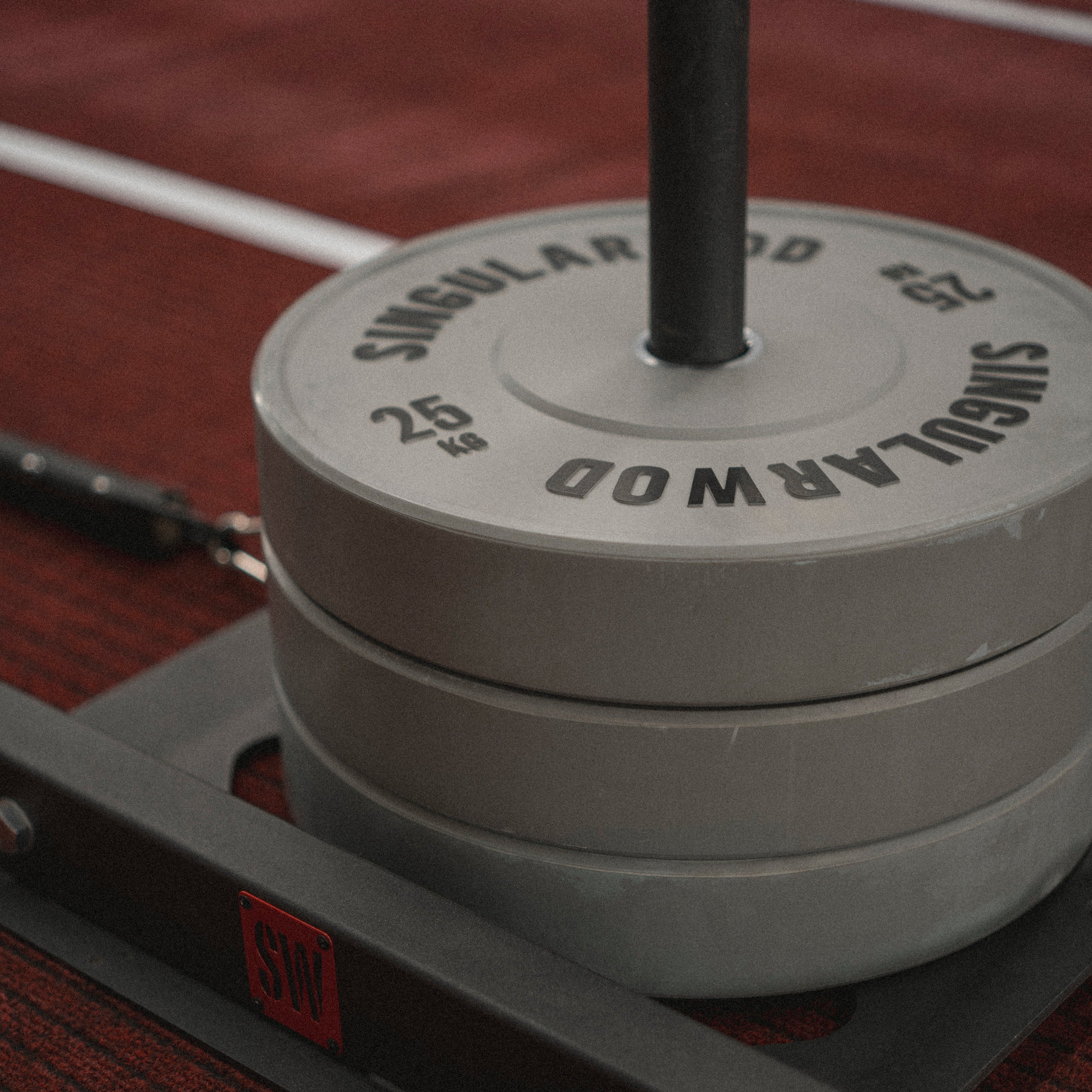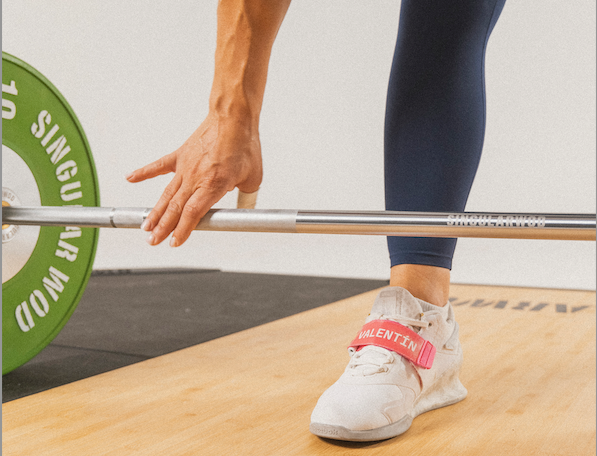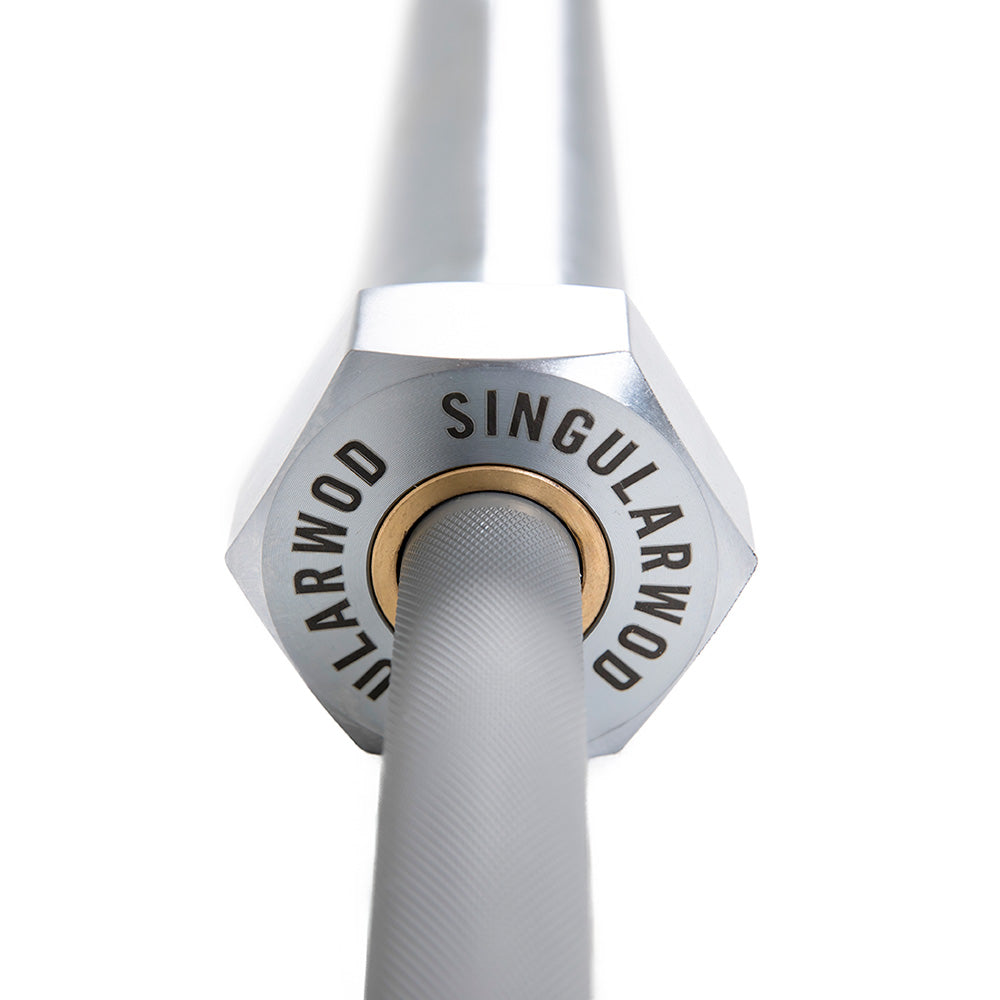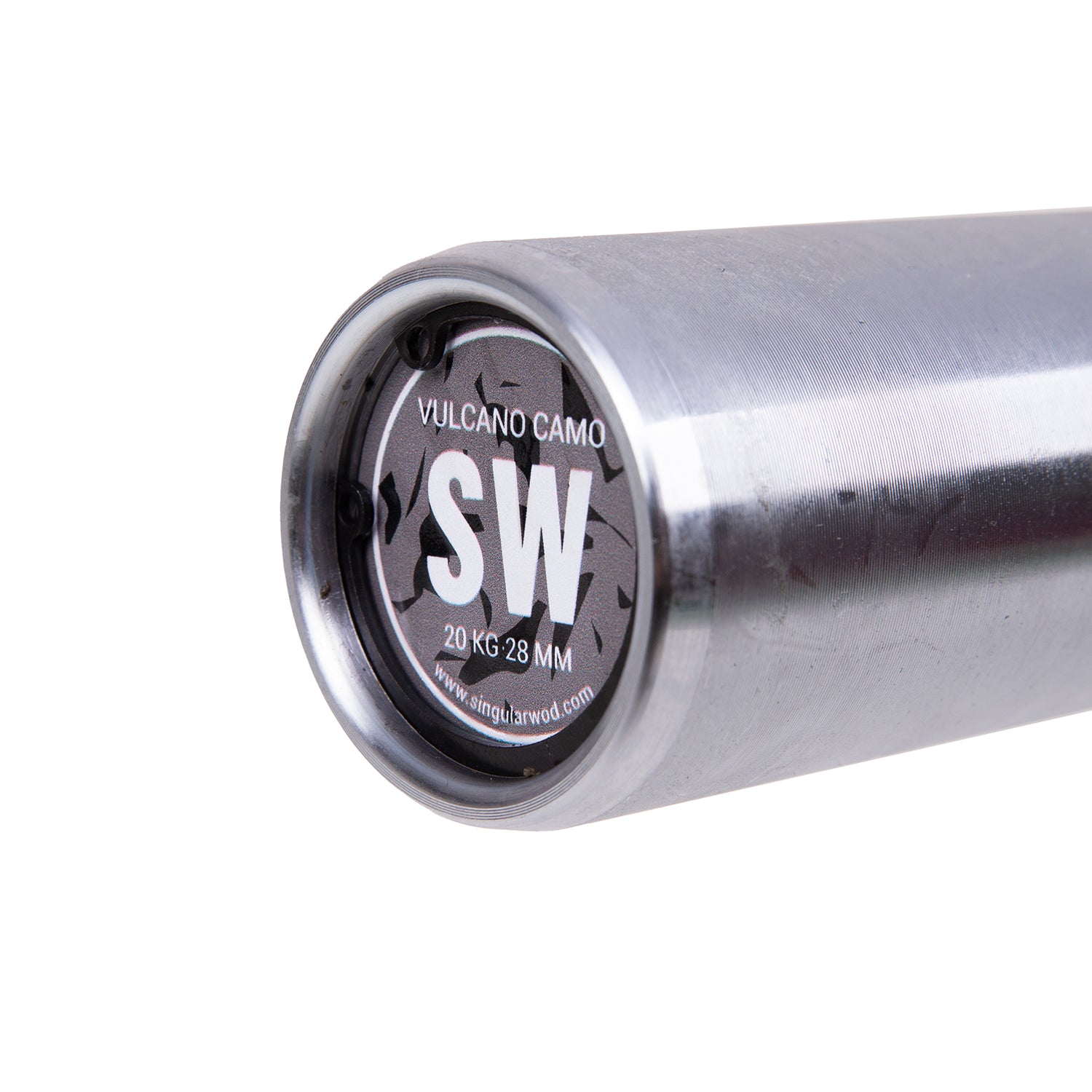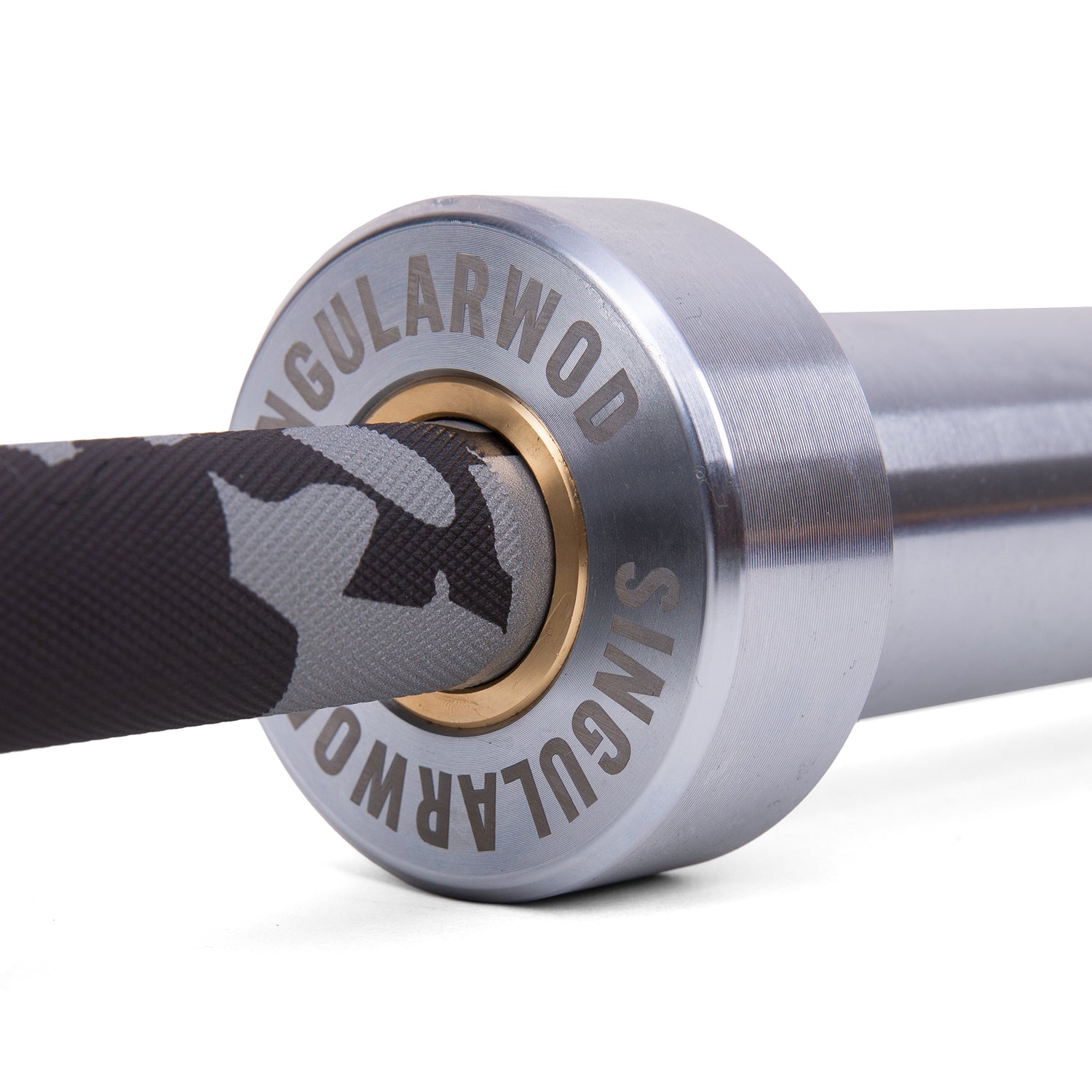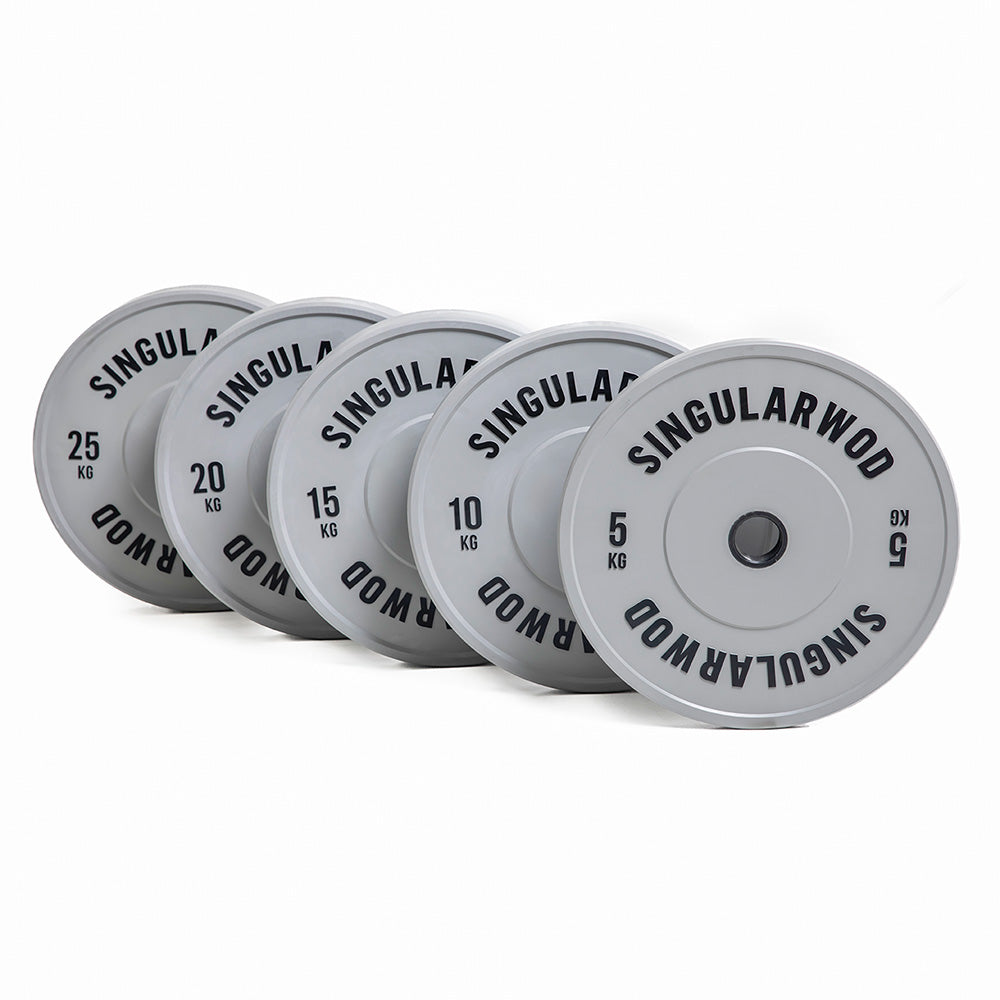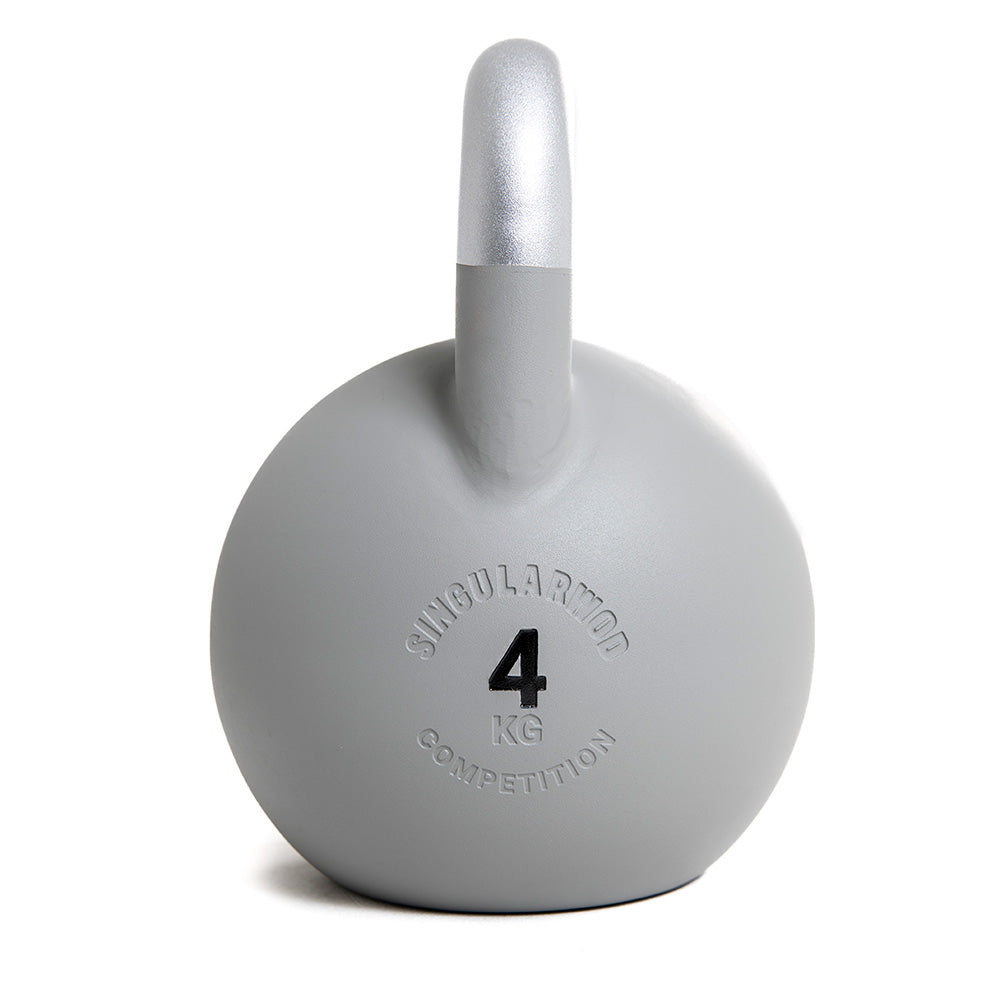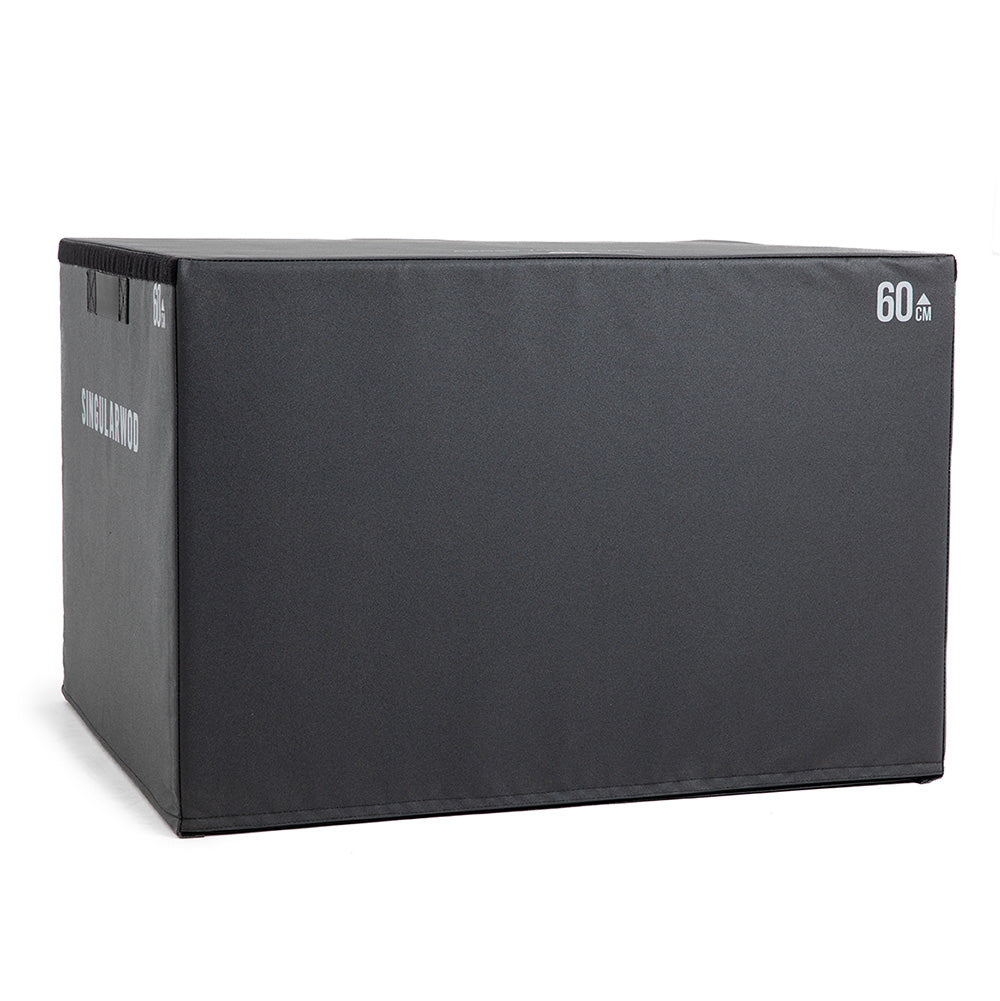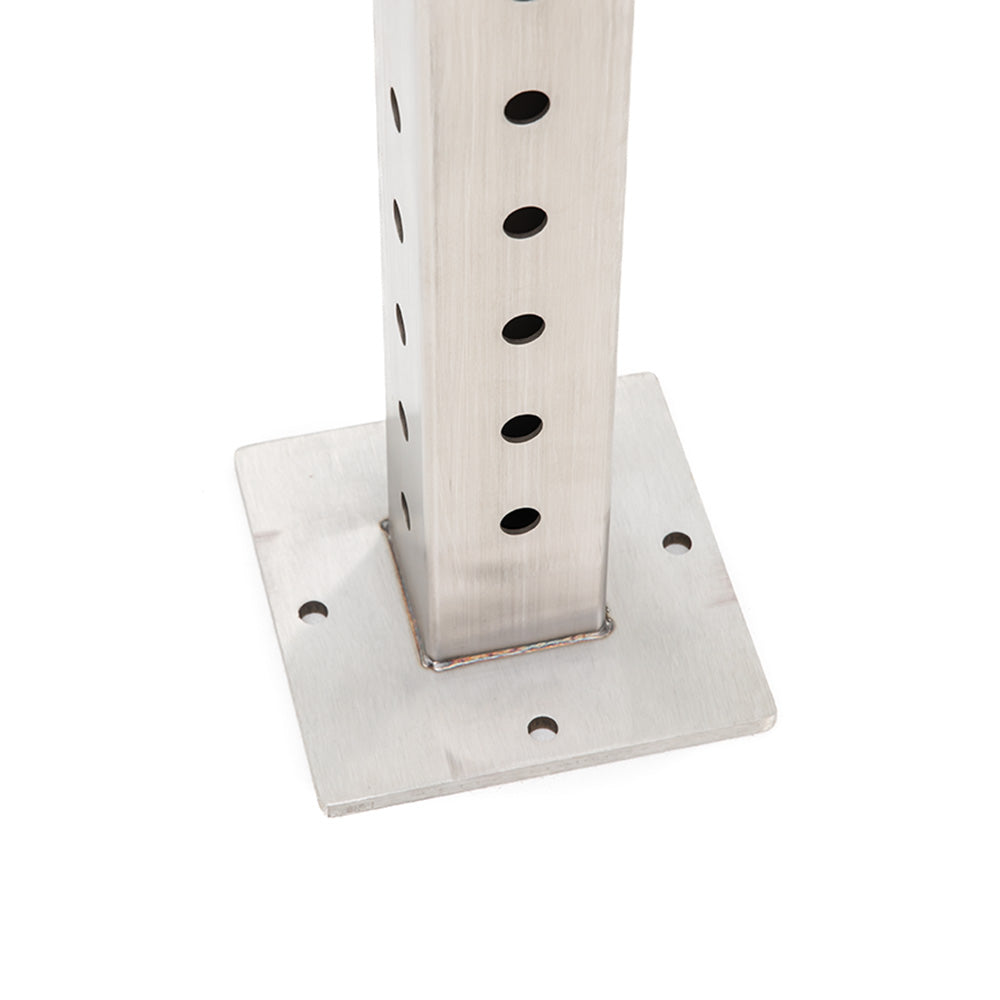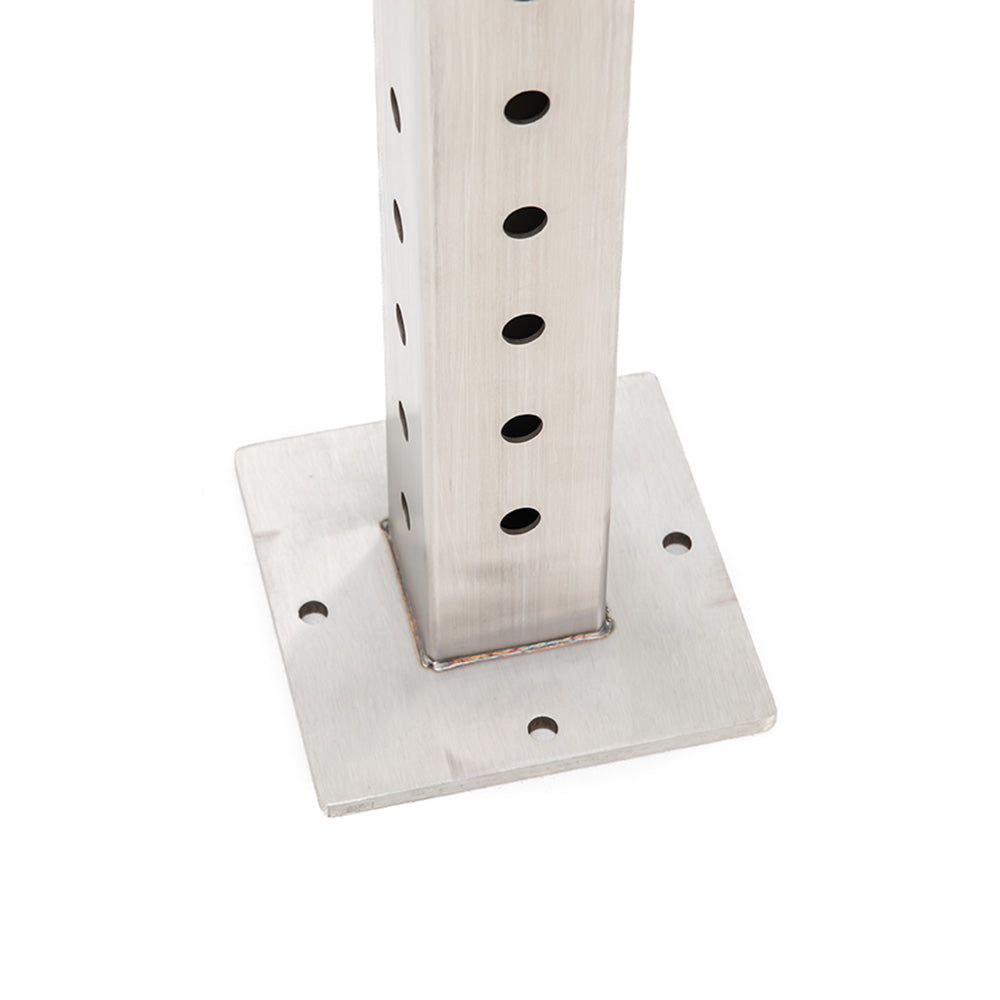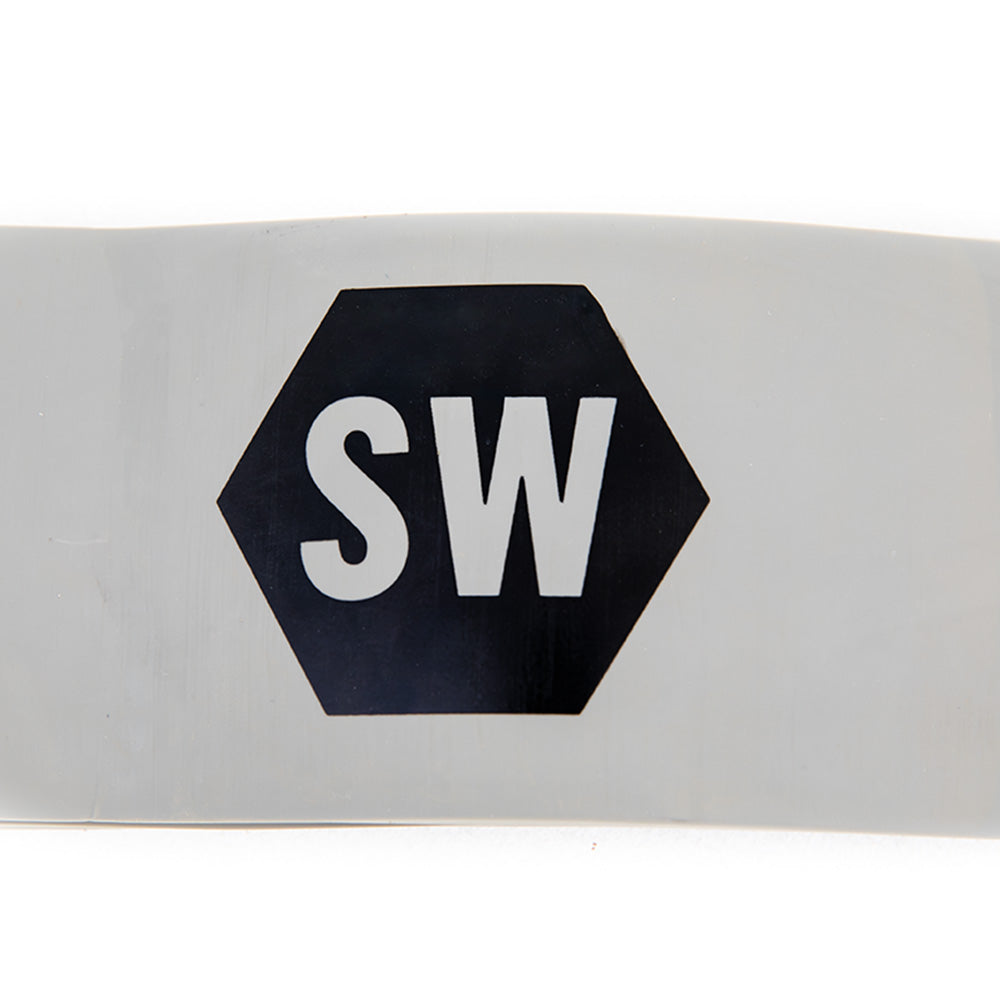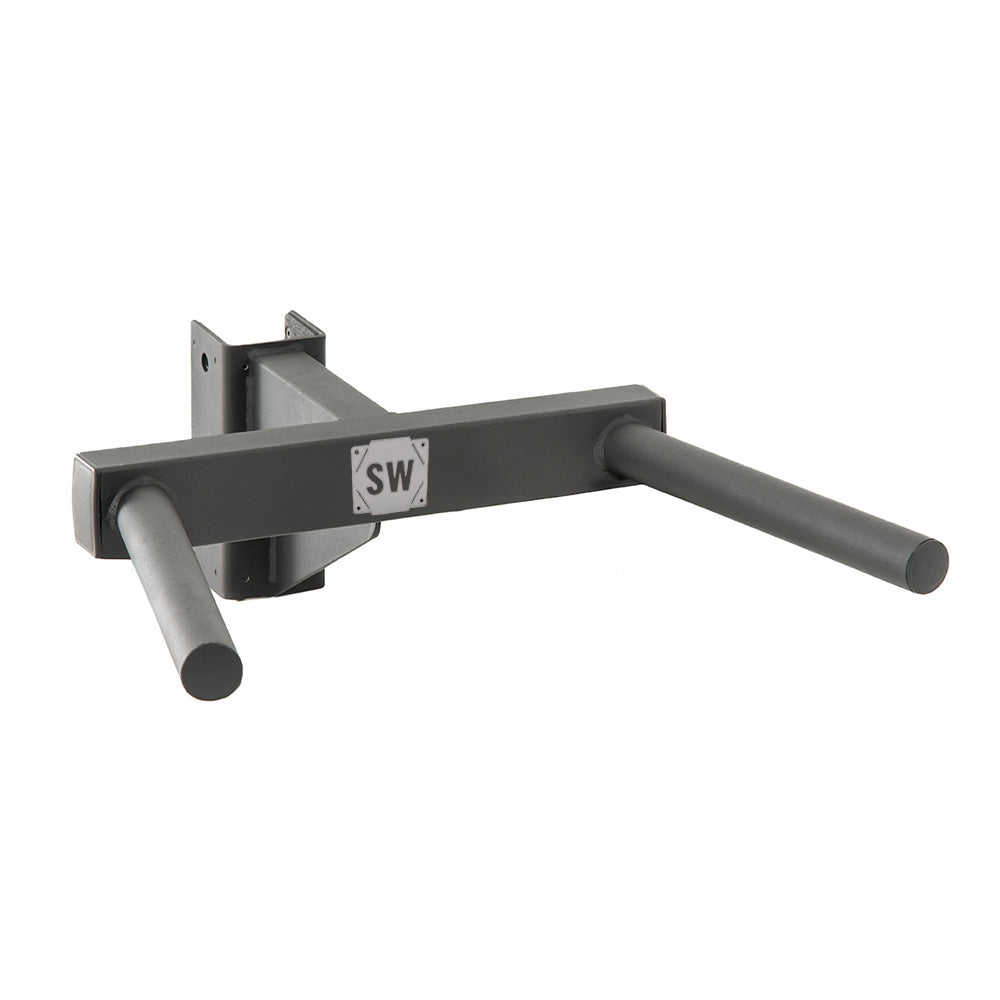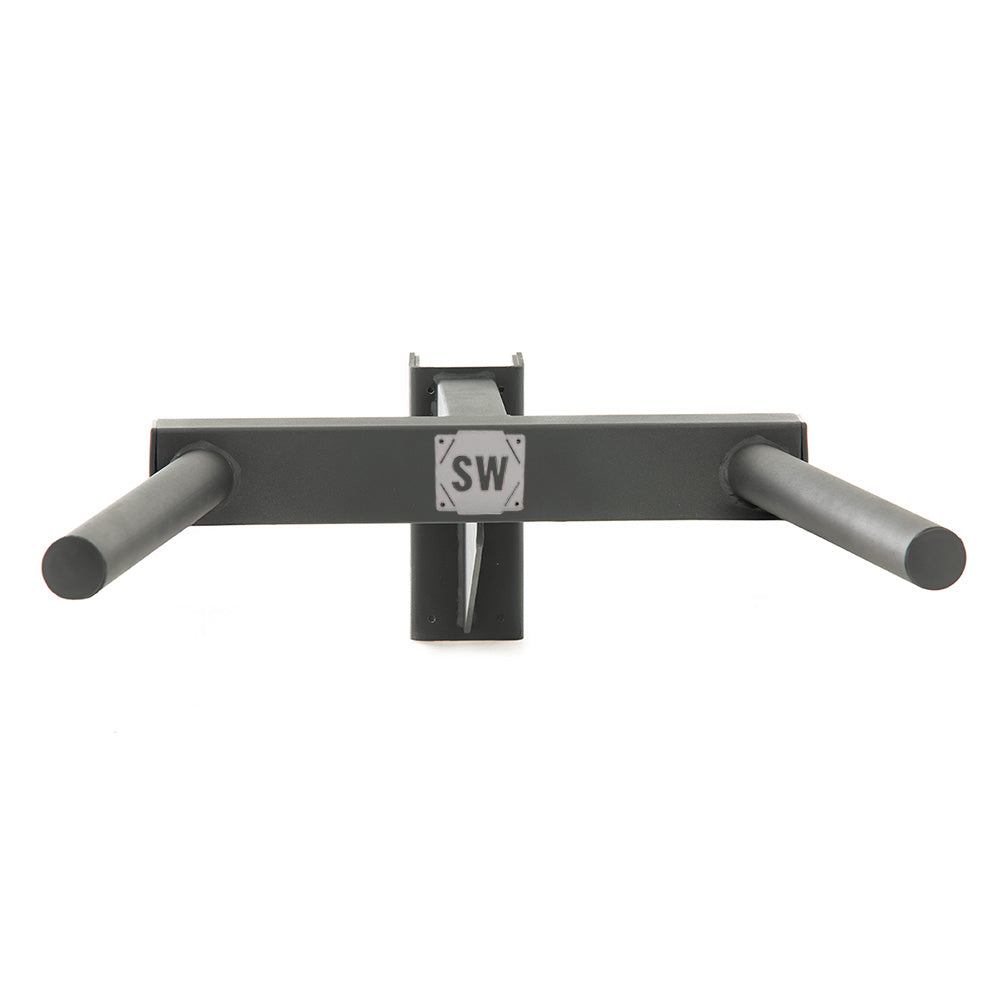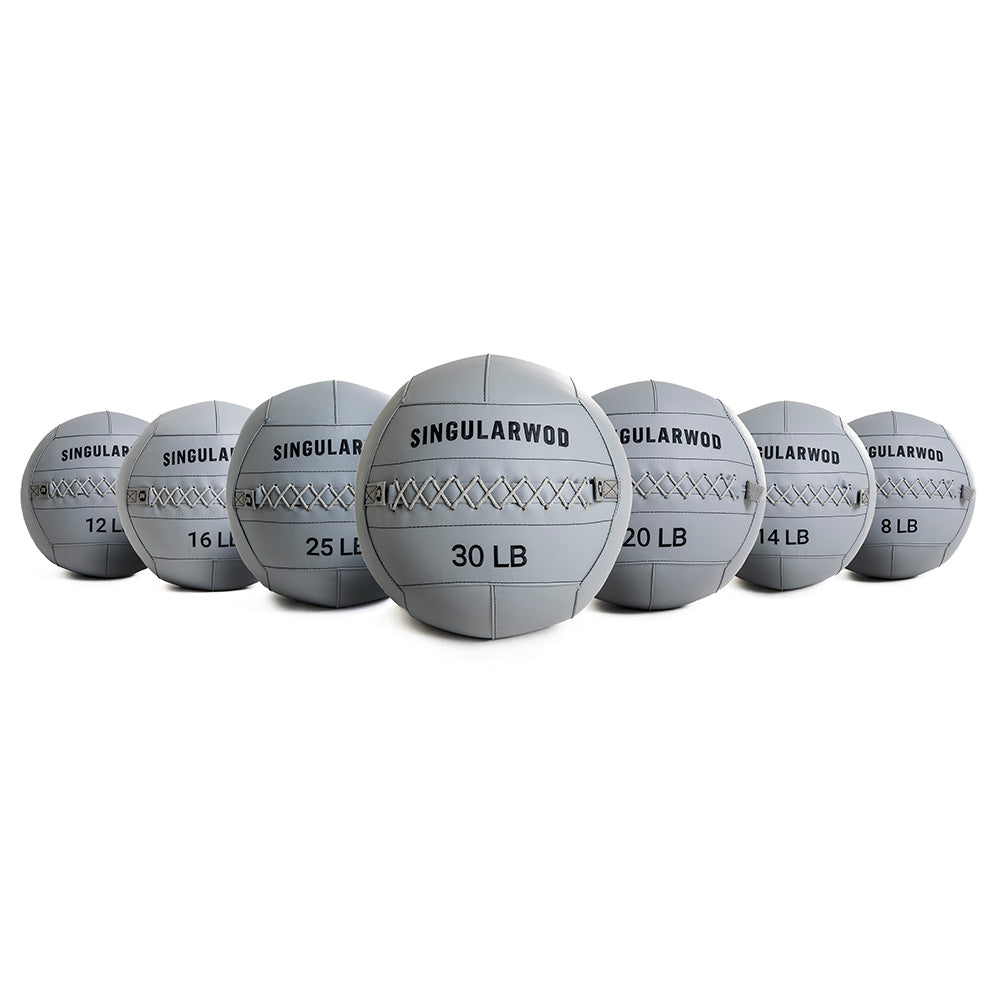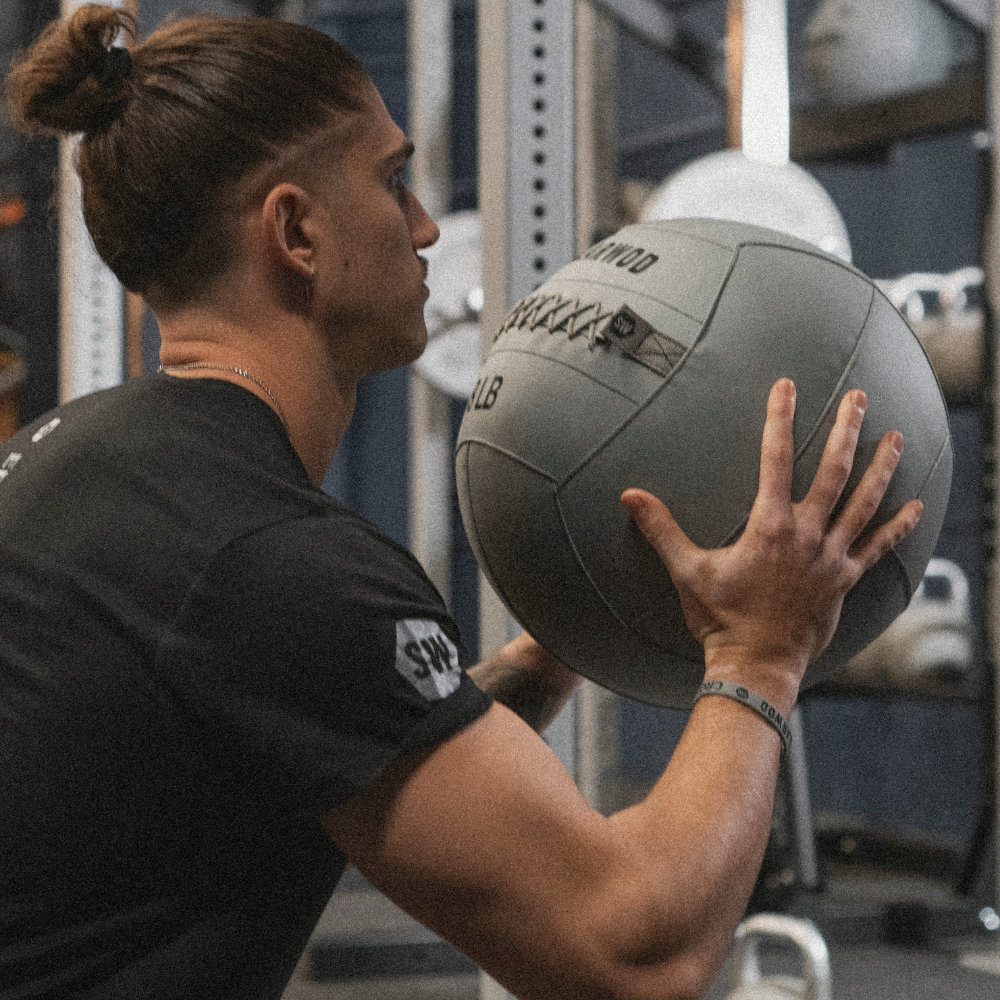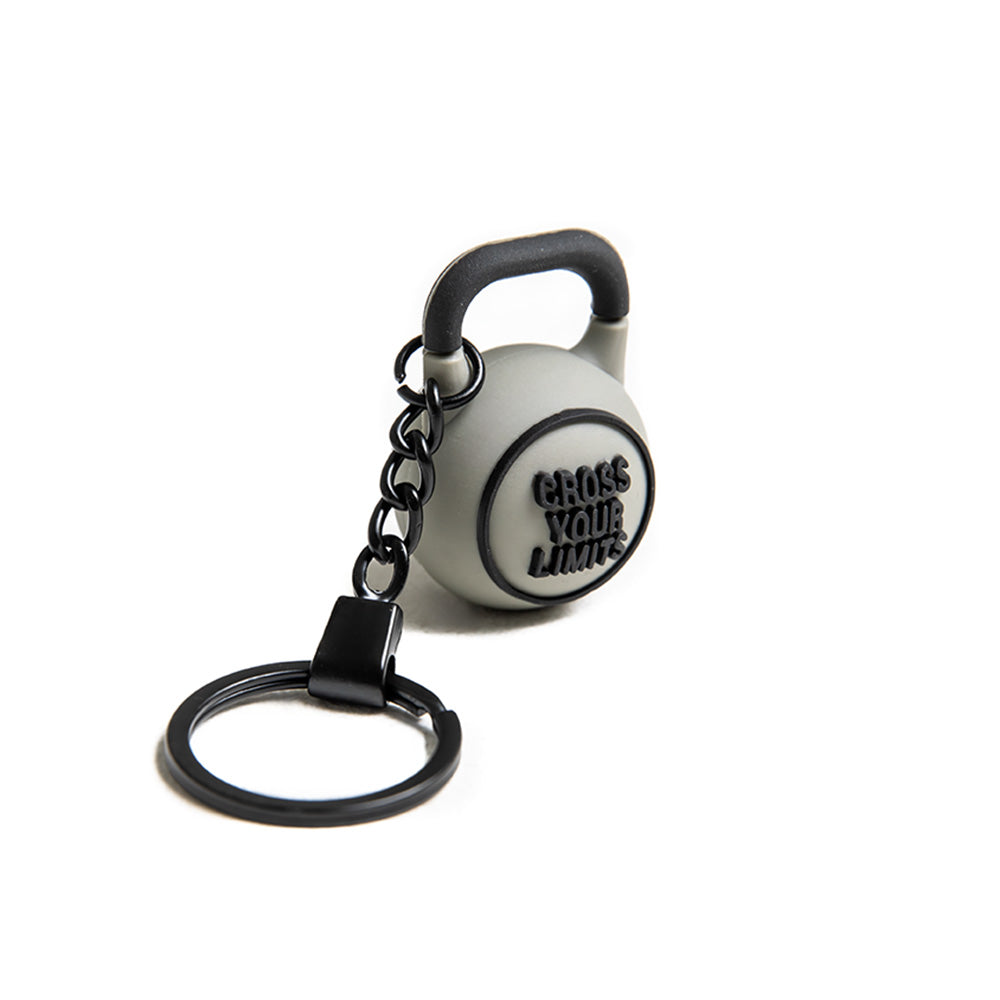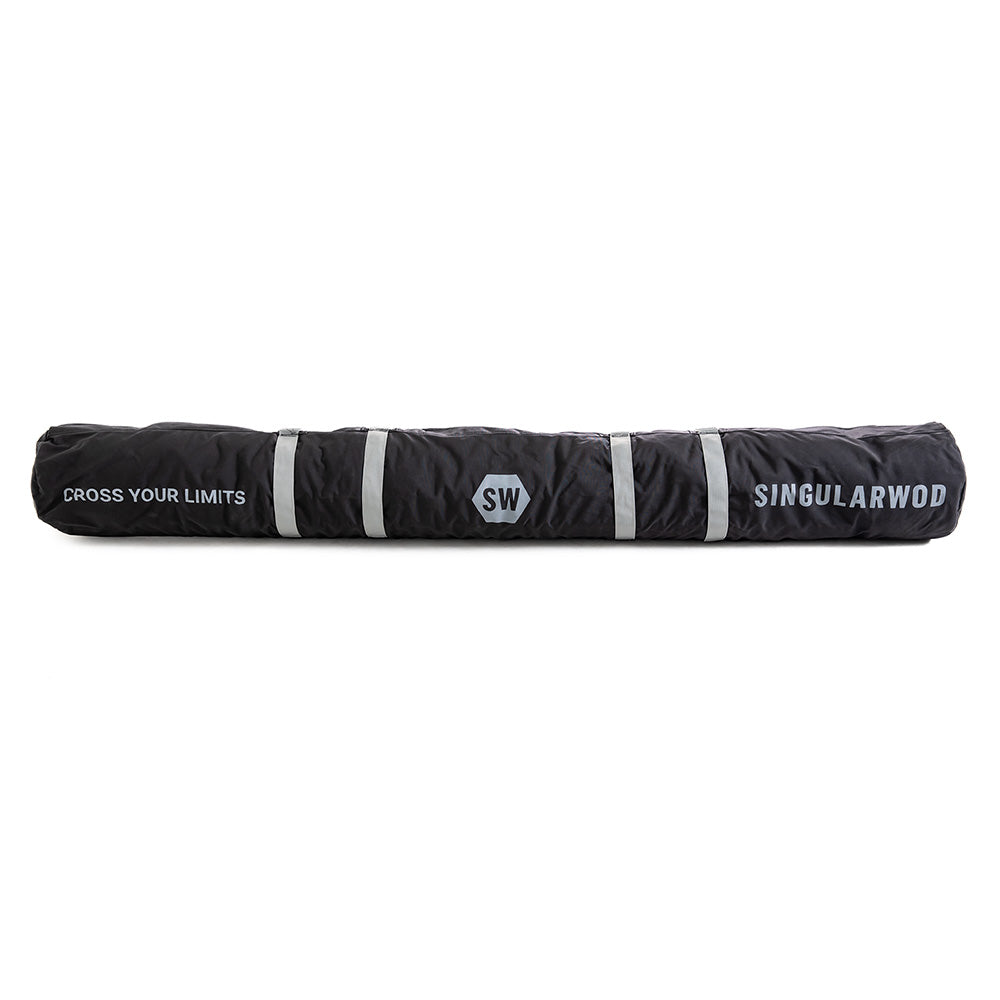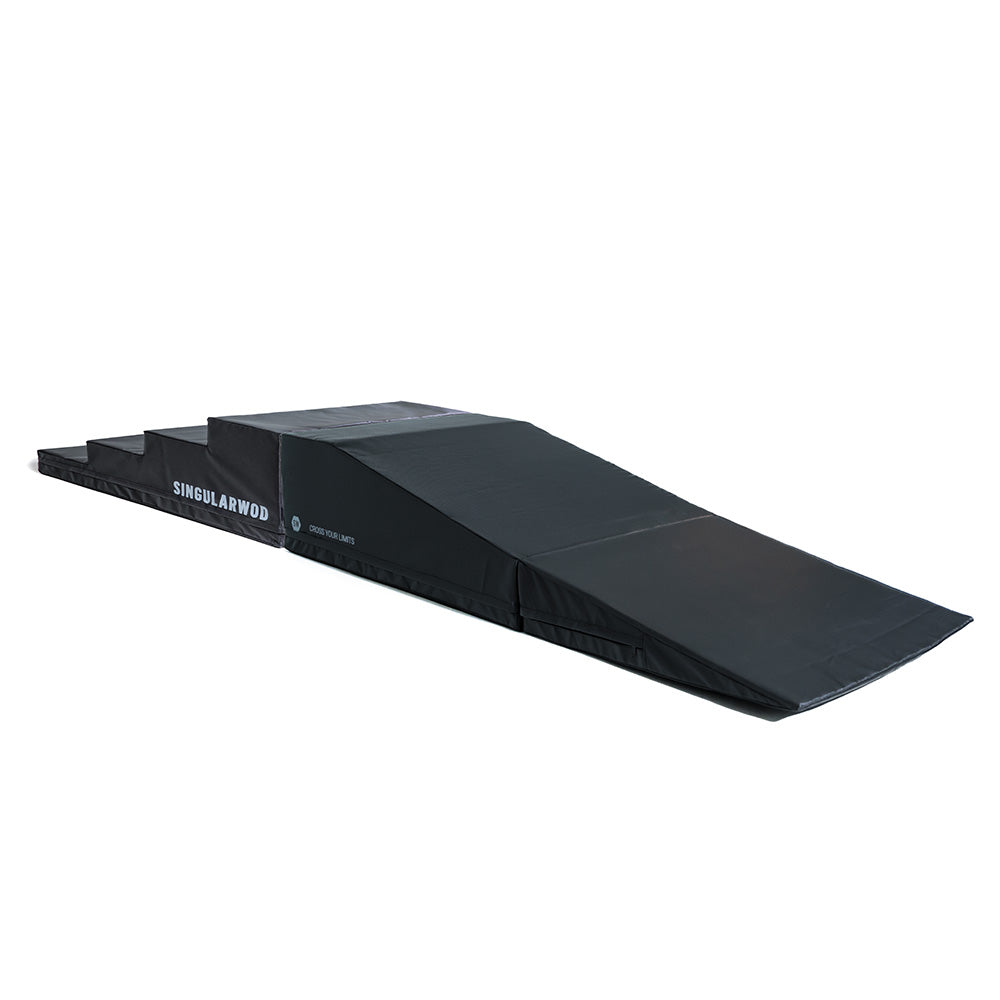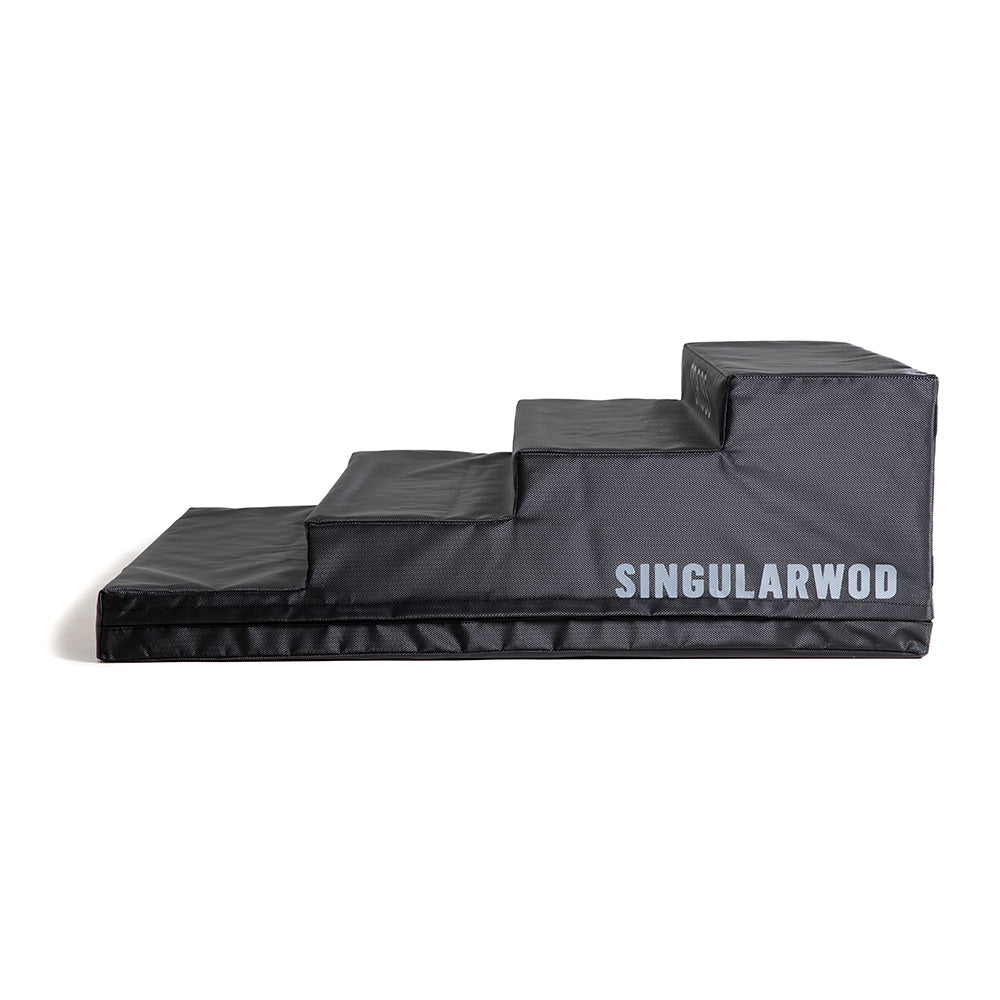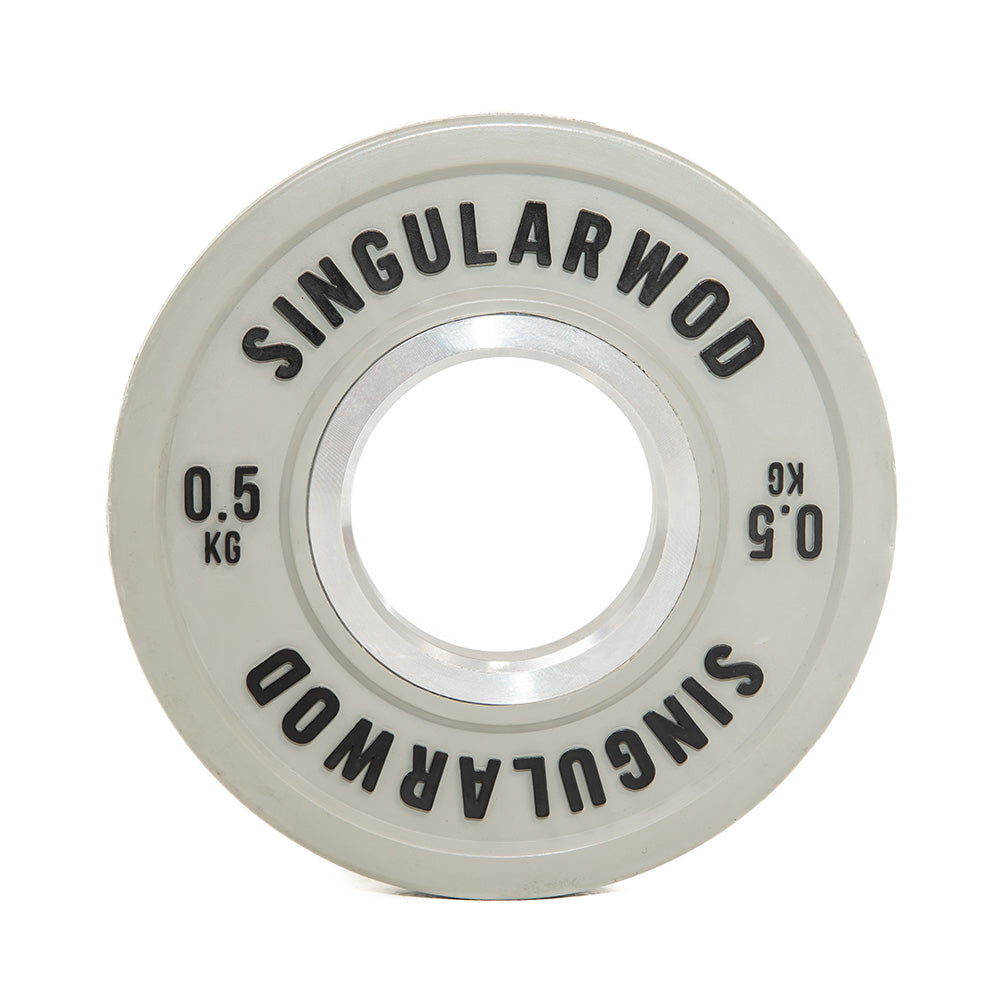Weightlifting is an Olympic sport that goes far beyond lifting heavy loads. It is a discipline that combines strength, speed, coordination, mobility and mental concentration. Recognized worldwide for its two movements, the snatch and the clean & jerk, it is one of the most complete tools to improve the physical and mental performance of athletes of all levels.

The main movements: snatch and two strokes
The two Olympic movements are the basis of this sport:
- Snatch (boot): Raise the bar from the floor to overhead in a single explosive gesture.
- Clean & jerk (two strokes): bring the bar to your shoulders (clean) and then push it over your head (jerk).
However, weightlifting does not end there. There are multiple variations that allow you to improve specific phases of the lifts and develop greater explosiveness:
- Power clean / power snatch → explosiveness without the need for a deep squat.
- Hang clean / hang snatch → They reinforce work from the hip.
- Pulls (clean pull, snatch pull) → They increase strength in the pulling phase.
- Push press and jerk drive → They perfect power in the final phase of the jerk.
These progressions are the key for anyone, from a beginner to an elite athlete, to work on strength and technique safely and progressively. Scientific literature confirms that these types of derivatives are highly effective in developing power and speed (Suchomel, Comfort & Stone, 2015).

Benefits of weightlifting for performance and health
Weightlifting is one of the most researched sports with the greatest scientific support in terms of physical development and has unique benefits:
- Power and speed: Olympic lifts generate some of the highest power outputs recorded in sport (Stone et al., 2004; Stone et al., 2006).
- Rate of force development (RFD): fundamental in explosive sports such as sprinting and jumping, is significantly improved through weightlifting (Cormie, McGuigan & Newton, 2010).
- Sports transfer: Practice is directly related to improvement in vertical jump tests, sprints, and plyometrics (Carlock et al., 2004; Hori et al., 2008; Hackett et al., 2016).
- Injury prevention: when training shock absorption (e.g. jump shrug), the ability to land and brake is improved, reducing the risk of joint injuries (Suchomel, Lake & Comfort, 2016).
- Bone health and aging: Studies show that weightlifting improves bone mineral density more than powerlifting, being key in the prevention of osteoporosis and active aging (Harrison, 2018).
- Mental and hormonal well-being: The practice of weightlifting develops concentration, confidence and resilience. Furthermore, it has been observed that elite weightlifters tolerate large training volumes better thanks to hormonal adaptations (Fry et al., 2000).
Safety: a sport with less risk than you imagine
Contrary to what many think, weightlifting is a sport sure.
- The serious injury rate is only 0.0018 per 100 hours of training, much lower than in contact sports (Hamill, 1994; Calhoon & Fry, 1999).
- Most discomfort is due to poor technique, overload or poor equipment, factors that are corrected with good supervision and adequate material (Stone et al., 1994).
- Additionally, well-planned weightlifting has been shown to reduce the risk of injury in other sports by improving shock absorption and stability (Hedrick & Wada, 2008).

Essential equipment for weightlifting
To train safely and efficiently, having specialized material is key:
- PRO Olympic Bars → with needle bearings and resistance of 195,000 PSI.
- Calibrated discs → maximum precision in weight and durability.
- Weightlifting belt SINGULARWOD → lumbar support and stability under heavy loads.
- Knee pads and straps → reduce joint fatigue and increase performance.
- Rubber platforms and floors → They protect both the athlete and the equipment during barbell falls.
Weightlifting as a lifestyle
Practicing weightlifting is not just about improving your marks. It is a lifestyle that teaches values such as perseverance, respect for technique and perseverance.
Each session is a reminder that progress takes time, that patience is a virtue and part of the journey, that every kilo lifted is an achievement. Additionally, training as a community provides motivation and turns weightlifting into a shared experience that goes far beyond the gym.

Tips for beginners
- Technique before loading: mastering the movement guarantees safe progression (Stone et al., 1994).
- Progression by variations: Start with exercises like power clean or hang snatch before full movements (Suchomel et al., 2017).
- Guided training: The supervision of a coach prevents errors and accelerates learning.
- Investment in quality material: A well-designed Olympic bar and belt make all the difference in safety and performance.
Conclusion: a sport for life
Weightlifting is an Olympic sport, but it is also a health and well-being tool for anyone. It enhances strength, protects bones, improves coordination and prepares the body to age in a more active and healthy way.

